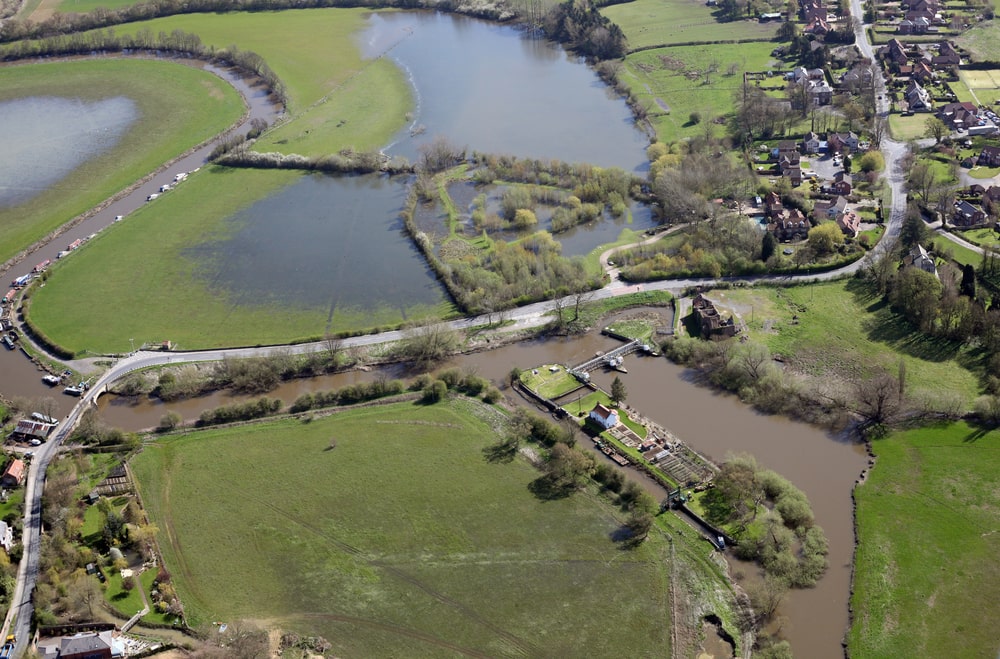Sector - Transport & Infrastructure
The Impact of Climate Change on the UK Planning System

The UK government has recently committed to reduce greenhouse gas emissions to zero by 2050. On a local level, some councils are setting even tougher targets. Leeds declared a climate emergency in 2019 and is currently engaged in a city-wide conversation and rollout of a climate road map, with the council resolving to work to make Leeds carbon-neutral by 2030. But it is unlikely that these targets can be achieved without a significant change to the planning system.
Nationally, these climate change commitments may be reflected in revisions to the government’s National Planning Policy Framework (NPPF) to include tighter requirements on combatting emissions and a more rigorous application of the framework’s current policies. The NPPF policies aim to ensure:
- A proactive approach to mitigating and adapting to climate change, considering the long-term implications of not addressing the issues – including the increase in flood risk, coastal change, water supply, biodiversity and landscapes, and the risk of overheating from rising temperatures. Plans should also help to increase the use and supply of renewable and low carbon energy and heat.
- Support appropriate measures to ensure the future resilience of communities and infrastructure to climate change impacts, such as providing space for physical protection measures, or making provision for the possible future relocation of vulnerable development and infrastructure.
- That new developments avoid increased vulnerability to the impacts of climate change and help to reduce greenhouse gas emissions, such as through the location, orientation and design of the developments. They should also take account of land form, layout, building orientation, mass and landscaping to minimise energy consumption.
- Specific policies to preserve and enhance the natural environment.
The Committee on Climate Change, which provides advice to the government, has recommended that there should be no new homes connected to the gas grid from 2025, so future decisions on applications for planning permission including residential development will have to take this into account.
Local planning authorities are therefore likely to step-up requirements when drawing up local plans and determining planning applications. This includes:
- Placing more emphasis on co-locating uses and planning development near public transport links to reduce car travel.
- Encouraging the greater use of renewable energy, such as solar and wind.
- Setting more ambitious targets on energy efficiency in buildings.
- Embedding and prioritising climate change in local plan making and in determining planning applications.
- Requiring travel plans with increased sustainable transport obligations, prioritising walking, cycling and public transport over car use, and electric vehicles over diesel and petrol.
These factors are likely to be prioritised by inspectors when determining planning appeals in the future. This issue of what standards local planning authorities can apply to new buildings is likely to be an area of ongoing debate in the context of achieving climate change targets. In future years addressing climate change will need to be a high priority of the planning system if emission targets are to be achieved.
Article submitted by Amanda Beresford, partner and head of planning at Shulmans LLP
Related Articles
More Transport & Infrastructure News
- Belfast Harbour Secured as £100 Million Hub for Major Offshore Wind Projects
10 Dec 25
Belfast Harbour is set to become the primary assembly and construction hub for two of
- Government Earmarks Rail-Adjacent Land for Accelerated Housing Development
9 Dec 25
The UK government has announced a significant package of planning reforms designed to accelerate the
- Jacobs to deliver advisory services to public sector clients through 2027
3 Dec 25
Jacobs has been named as a supplier on the Crown Commercial Service’s (CCS) Management Consultancy






